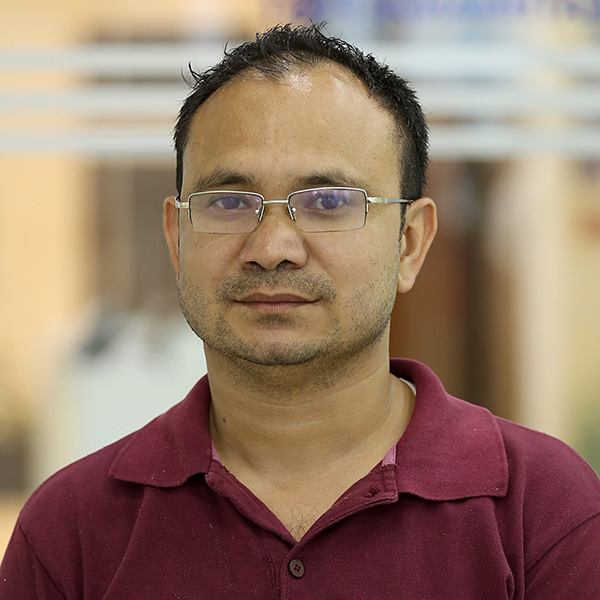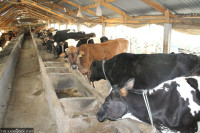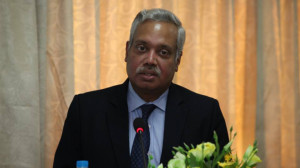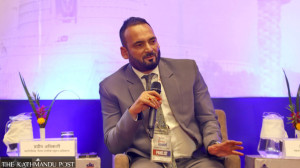National
Marshyangdi–Kathmandu transmission line supplies extra electricity to the Valley
Nepal Electricity Authority has prepared a master plan for transmission infrastructure for Kathmandu Valley projecting power demand of 3,100MW by 2050.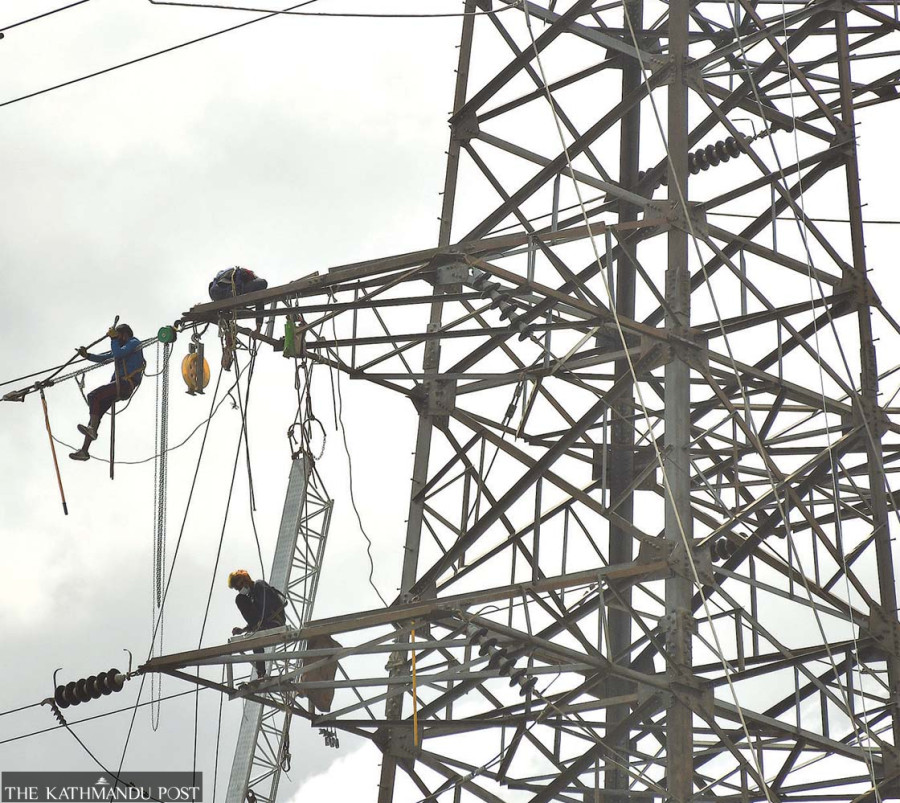
Prithvi Man Shrestha
Kathmandu Valley has got additional electricity supply from the Marsyangdi transmission corridor with the completion of 82km long Marshyangdi–Kathmandu 220kv double circuit transmission line project.
The power was charged on the transmission line connecting Markichowk, Anbukhaireni, in Tanahun to Matatirtha in Kathmandu at 132kV capacity last Thursday, the Nepal Electricity Authority said in a statement.
“Currently, a 132kV single circuit Marsyangdi–Syuchatar Transmission line is operating which cannot carry more than 100MW of electricity,” said Kul Man Ghising, managing director of the NEA. “With the Marshyangdi–Kathmandu Transmission line coming into operation, it will help supply an additional 200MW to Kathmandu Valley.”
Completion of the project is a milestone towards making power supply to Kathmandu Valley more reliable, according to NEA.
Officials at the power utility say that the new transmission line would be an alternative to the existing one supplying electricity from the Marshyangdi corridor. “If there is a problem in one power line, power supply continues through another line,” said Dirghayu Kumar Shrestha, chief of transmission directorate at the NEA.
Currently, two substations are under construction at Matatirtha and Markichowk, according to the NEA. “Once their construction is completed, electricity will be charged at 220kV on the Marshyangdi–Kathmandu transmission line,” the NEA said.
Although this project will make power supply to Kathmandu Valley more reliable for now, better transmission infrastructure will be needed to ensure long-term reliability.
So the NEA has a wider long-term plan to meet the power needs of the Valley.
In a recent press meet, Ghising said that the NEA had prepared a master plan on transmission infrastructure for Kathmandu Valley considering the electricity demands as late as 2050.
“As per the master plan, there will be a power demand of 3100MW by 2050,” said Ghising. “But current infrastructure is okay for sustaining the power demands of just 500MW.” The peak demand of electricity in the Kathmandu Valley in the dry season is around 500MW, according to NEA.
As per the master plan, 132kV and 220kV underground transmission lines within the valley have been planned.
“Likewise, a 220kV transmission ring around the hills of the Kathmandu Valley has also been planned on the government-owned lands,” Ghising said.
An arrangement to bring power from different parts of the country will also be made, he added. For this, a 400kV substation will be built at Changunarayan, Bhaktapur to bring electricity from the Lapsephedi-based substation which will be connected with a transmission line to be built under Millennium Challenge Corporation Compact Program.
Likewise, another 400kV substation will be built at Dukuchhap, Lalitpur to bring power from areas around Nijgadh where there will be an interconnection with the under-construction 400kV Inaruwa–Dhalkebar–Hetauda Transmission Line.
Another 220kV substation has also been planned at Pipaltar, Nuwakot which is not far away from Balaju, Kathmandu. “All the power brought from outside Kathmandu will be connected to the transmission ring along the surrounding hills of Kathmandu Valley and power will be distributed through 132 transmission lines along the river corridors of Kathmandu,” said Ghising. “To do all these things, we will require Rs40 billion–Rs50 billion investment.”
As several hydropower projects are in the pipeline, the NEA is facing pressure to develop transmission and distribution infrastructure to increase electricity demands so that power would not be wasted.
As the government aims to replace the cooking gas with electricity in the kitchen, officials and experts have called for ensuring the reliability of power supply to encourage people to shift to electric cooking.
Ghising also admitted that poor quality of existing transmission and distribution infrastructure was one of the bottlenecks to promote electric cooking in the country.




 19.12°C Kathmandu
19.12°C Kathmandu